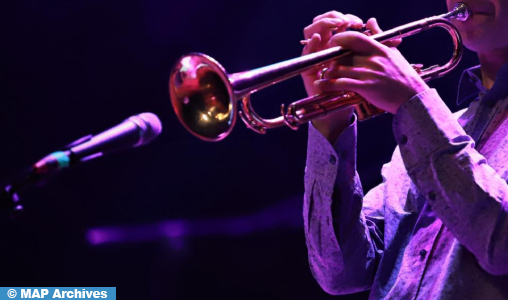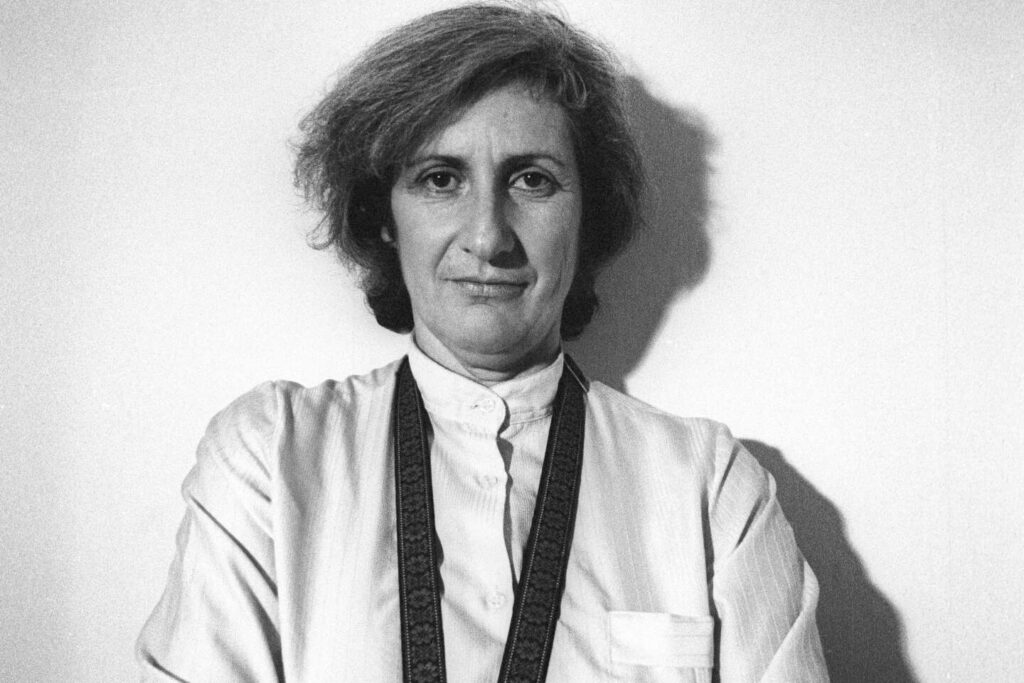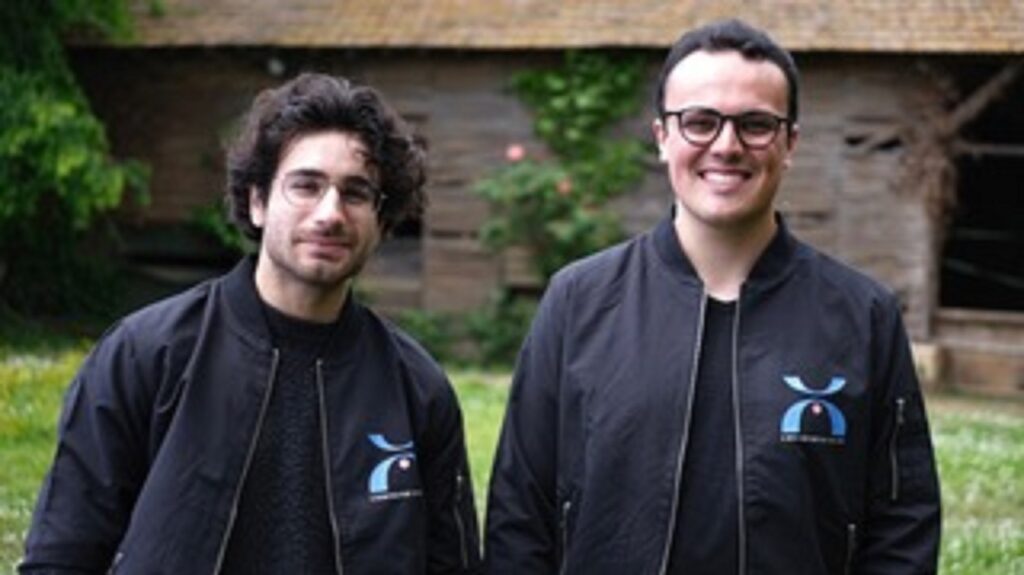
Saturday, April 27, 2024 at 11:39
-Written by: Sophia Al-Ouni-
Tangier – Tangier, the symbolic city located between sea and land, was chosen as the global host city for International Jazz Day, and will be the leading city in the celebrations, and a living symbol of the mixing of cultures.
Jazz Day plans to hold an international concert on April 30, in a city that has witnessed jazz legends searching for inspiration and renewal throughout its history, such as the talented jazz pianist Oscar Dennard (1928 – 1960) or the talented American trumpet player Idris Suleiman.
In July 1959, Oscar Dinard chose the White City to record the first version of the album “The Four American Jazzmen of Tangier,” in the studio of producer Jacques Moyal, who was then working at Radio Tangier International.
He explained to the Maghreb Arab Press Agency that jazz music became known in the city of Tangier in the 1950s thanks to Jacques Moyal, who was broadcasting on Tangier International Radio and created programs dedicated to jazz music, in cooperation with a celebrity from Tangier, Lotfi Kalai. Tangaz Festival founder Philippe Lorraine.
Discussing the different stages of jazz in Tangier, Mr. Loren explained that this music, which originated in the southern United States, experienced four distinct periods in the city.
“First of all, with the arrival of 78 rpm records from the United States to Tangier. Then, during the establishment of the international zone, exempt from taxes and duties, in the interest of a growing cosmopolitanism,” he noted, noting that this “cultural ferment attracted the American composer and pianist Randy Weston, who He established his home in Tangier, and Morocco founded the African Rhythm Club, above Mauritanian cinema.”
He added, “This is how Weston began to combine jazz and local music, especially Gnaoui music, led by the teacher Abdullah Al-Qard.”
Teacher Abdullah Al-Qard said in a statement to the Maghreb Arab Press: “Randy Weston was a great partner, as I was able to taste jazz music with him,” noting that he discovered jazz music by chance.
“I knew nothing about Western music,” he joked.
He explained: “In turn, Randy introduced me to jazz music. I took the rhythm and added the cambric, the qaraqib and the drum, and from here the coexistence between the Gnawa and jazz was born.”
Regarding the specificity of the Tangier Gnawa, the teacher Abdullah explained that the difference lies in the classification of the reference and the number of subtractions, stressing that “the northern taknawit has a marsaw repertoire, while the rest is the Gharbawi.”
For his part, musician Mohsen Hechi pointed out that Gnawa music is very serious music, as it contains several types of musical pieces, including the bambara, which narrates the history of slaves, leading to some melancholy, nostalgic singing, and other more spiritual pieces, which are played during… Celebrations.
According to this musician, who has performed in various scenes and festivals such as the Gnawa and World Music Festival, the fusion between jazz and Gnawa is smooth and natural, because these two styles share a common African origin.
International Jazz Day, established by the General Conference of UNESCO in 2011 and recognized by the United Nations General Assembly, is celebrated by countries and communities around the world on April 30 each year.
This day highlights the power of jazz and its role in promoting peace, intercultural dialogue, diversity and respect for human dignity.




